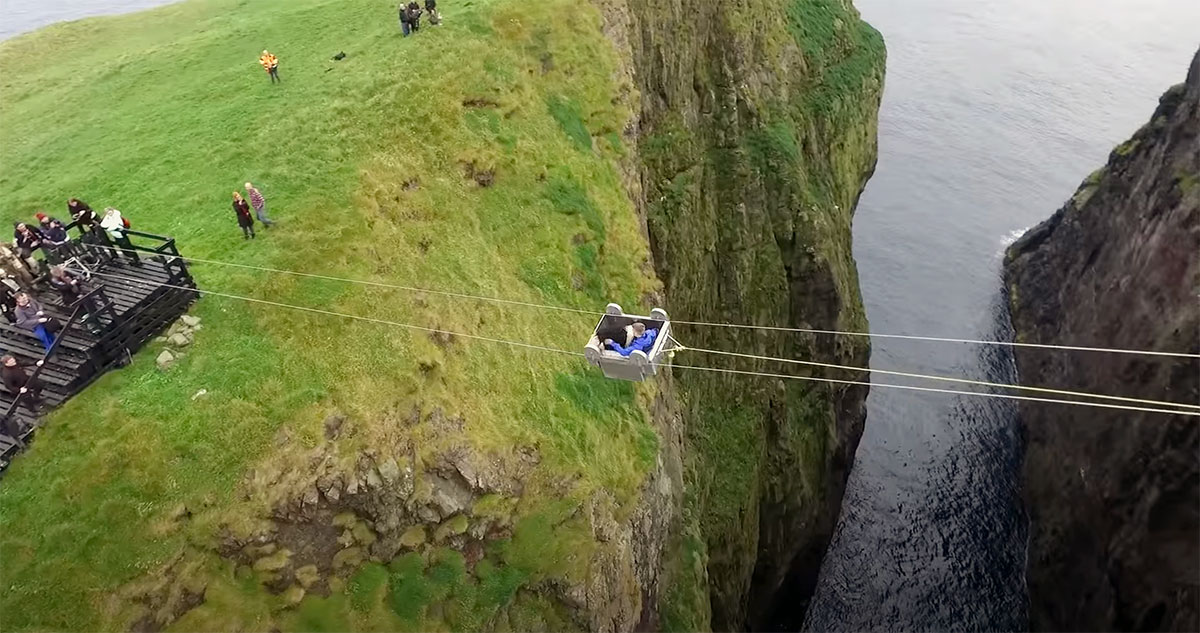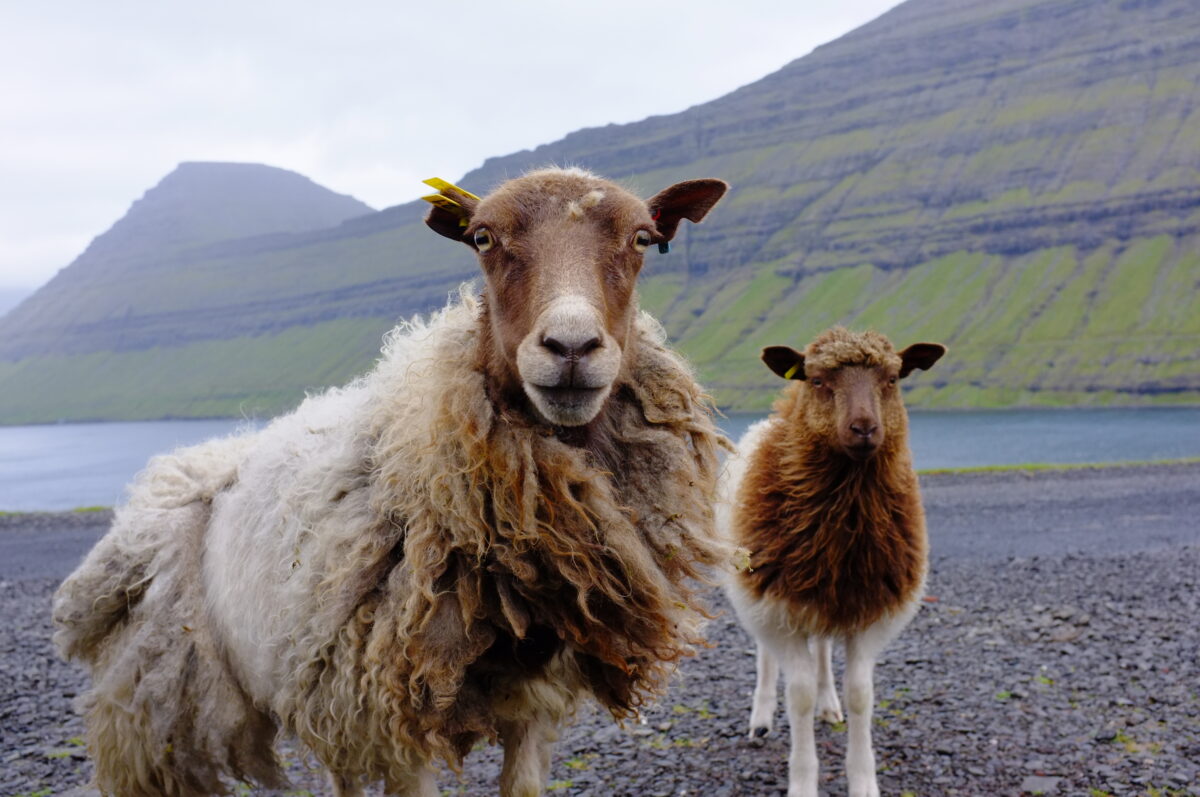Despite the difficult terrain and challenges of traversing the rough seas, people in the Faroe Islands have made their homes on all but one of their eighteen islands. Not included in that count are the numerous islets, sea stacks, and separated cliffs; landforms distinct enough to garner their own names and identities but treacherous enough to resist inhabitation — by people anyway. Because of their isolation these remote areas can be perfect grazing grounds for the plentiful population of sheep.
Extreme Shepherding


